Chia-Hung Yang
Detecting Pulmonary Embolism from Computed Tomography Using Convolutional Neural Network
Jun 03, 2022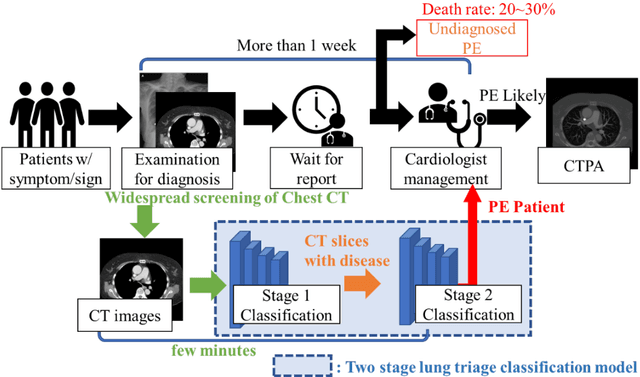
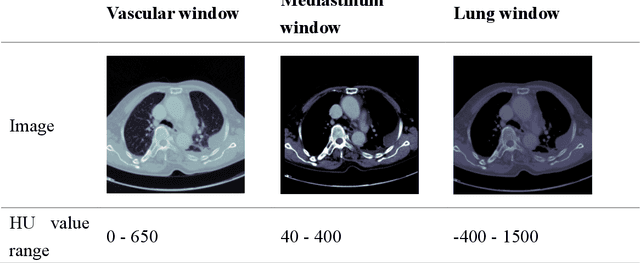


Abstract:The clinical symptoms of pulmonary embolism (PE) are very diverse and non-specific, which makes it difficult to diagnose. In addition, pulmonary embolism has multiple triggers and is one of the major causes of vascular death. Therefore, if it can be detected and treated quickly, it can significantly reduce the risk of death in hospitalized patients. In the detection process, the cost of computed tomography pulmonary angiography (CTPA) is high, and angiography requires the injection of contrast agents, which increase the risk of damage to the patient. Therefore, this study will use a deep learning approach to detect pulmonary embolism in all patients who take a CT image of the chest using a convolutional neural network. With the proposed pulmonary embolism detection system, we can detect the possibility of pulmonary embolism at the same time as the patient's first CT image, and schedule the CTPA test immediately, saving more than a week of CT image screening time and providing timely diagnosis and treatment to the patient.
Computerized Tomography Pulmonary Angiography Image Simulation using Cycle Generative Adversarial Network from Chest CT imaging in Pulmonary Embolism Patients
May 17, 2022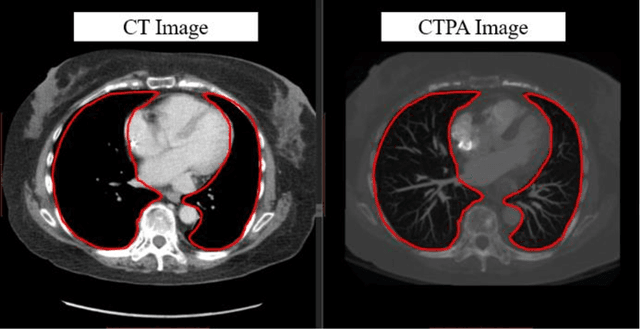
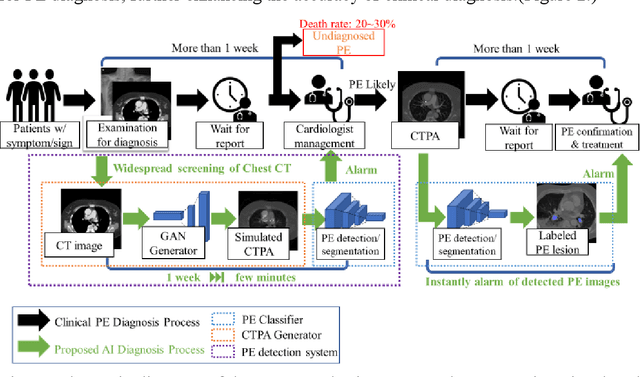
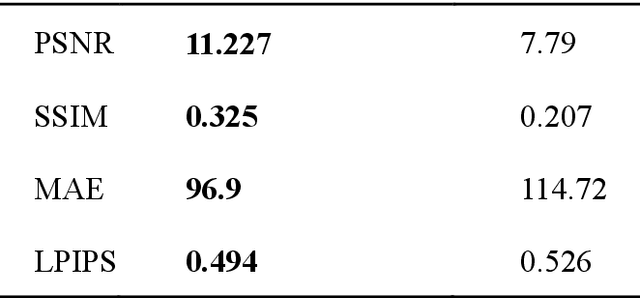
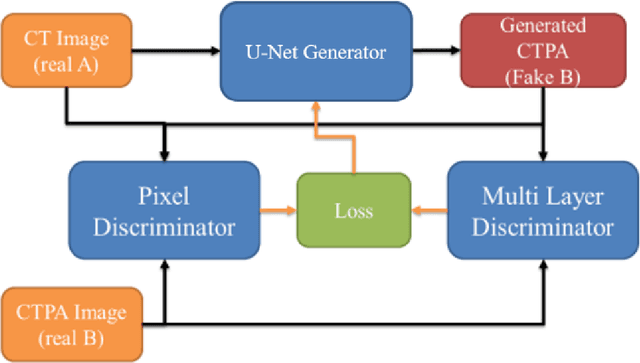
Abstract:The purpose of this research is to develop a system that generates simulated computed tomography pulmonary angiography (CTPA) images clinically for pulmonary embolism diagnoses. Nowadays, CTPA images are the gold standard computerized detection method to determine and identify the symptoms of pulmonary embolism (PE), although performing CTPA is harmful for patients and also expensive. Therefore, we aim to detect possible PE patients through CT images. The system will simulate CTPA images with deep learning models for the identification of PE patients' symptoms, providing physicians with another reference for determining PE patients. In this study, the simulated CTPA image generation system uses a generative antagonistic network to enhance the features of pulmonary vessels in the CT images to strengthen the reference value of the images and provide a basis for hospitals to judge PE patients. We used the CT images of 22 patients from National Cheng Kung University Hospital and the corresponding CTPA images as the training data for the task of simulating CTPA images and generated them using two sets of generative countermeasure networks. This study is expected to propose a new approach to the clinical diagnosis of pulmonary embolism, in which a deep learning network is used to assist in the complex screening process and to review the generated simulated CTPA images, allowing physicians to assess whether a patient needs to undergo detailed testing for CTPA, improving the speed of detection of pulmonary embolism and significantly reducing the number of undetected patients.
 Add to Chrome
Add to Chrome Add to Firefox
Add to Firefox Add to Edge
Add to Edge